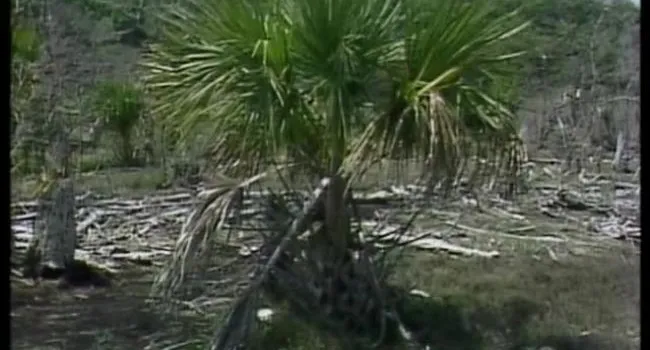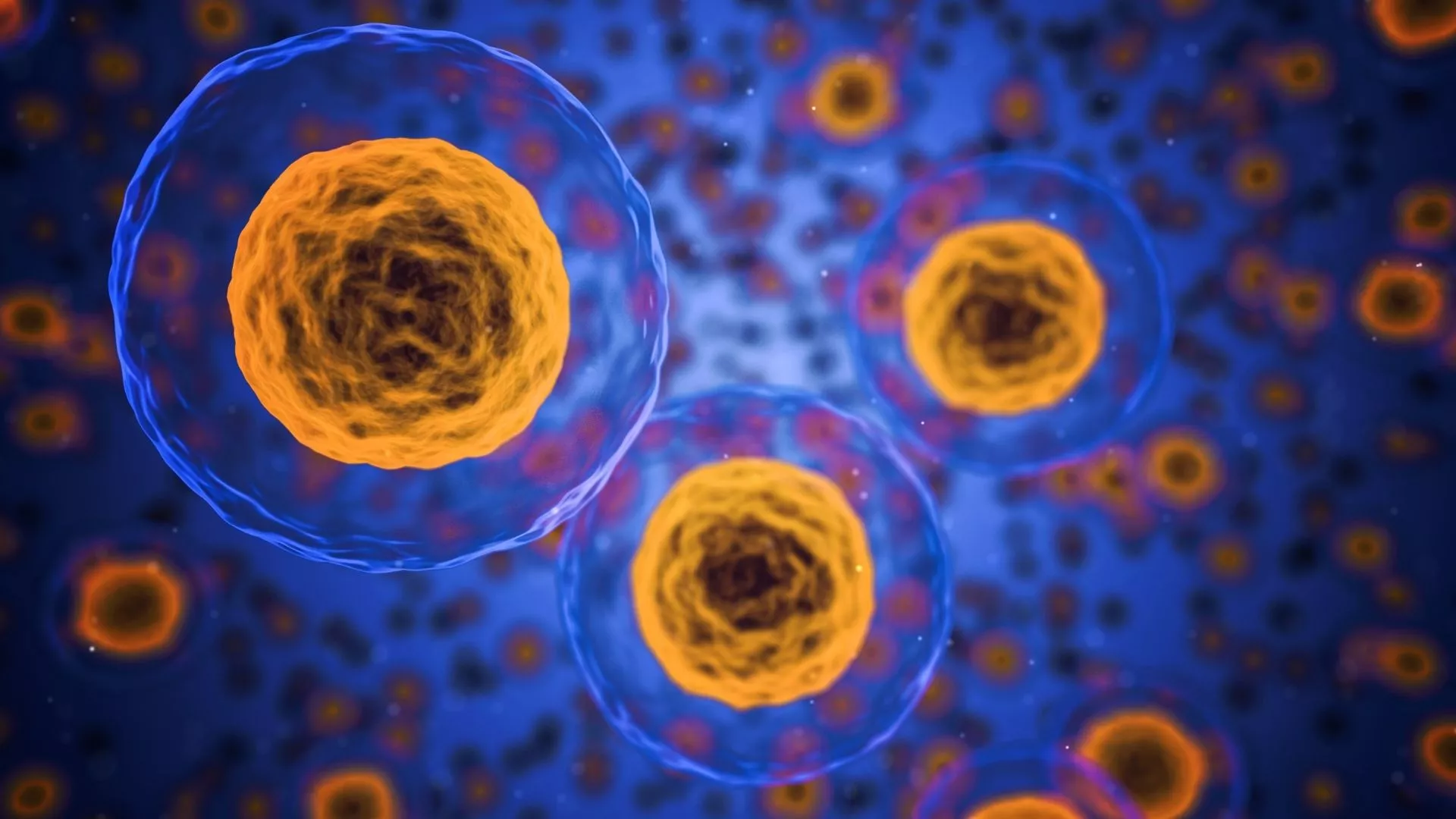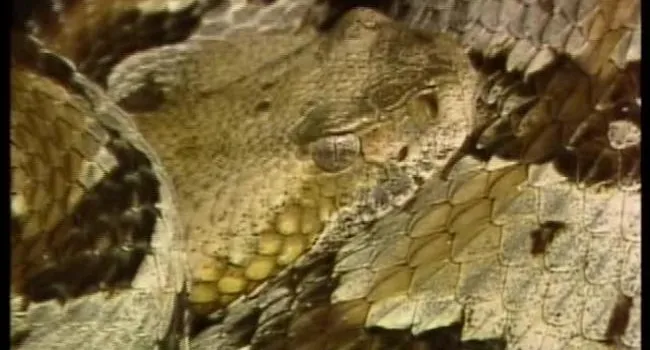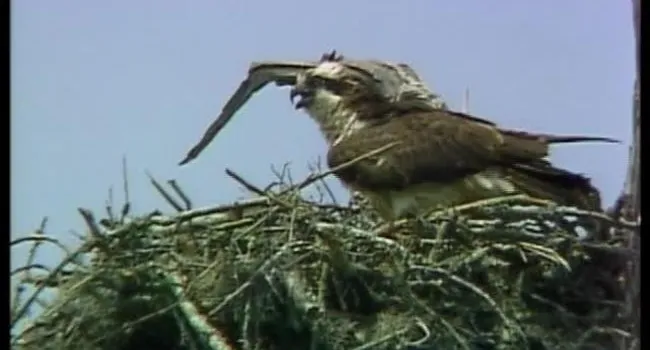
Little Pee Dee River (S.C.) Stop 2
Episode
5
Video
In this segment we see the Cabbage Palmetto, and the Glasswort or “Sea Pickle.”

Video
In this segment we see the Cabbage Palmetto, and the Glasswort or “Sea Pickle.”
Video
The Southern Toad is a species of amphibian typical to the coastal plain. It is easily distinguishable due to the pair of crests between the eyes. The Long Winged Skimmer, an amber colored dragonfly...
Video
Bracken Ferns, Bull Nettles, and the Fetterbush see widespread growth in this area. In lower, wetter areas known as pocosins, we find the Virginia Chain Fern, and a species of shrub called Pond Spice.
Video
In the marsh areas close to the South Carolina coast, a tree which lives very well is the Southern Red Cedar tree.
Video
Still in an area close to the coast, we see different plant life due to the significantly lower levels of salinity. Willow trees grow here, and a Yellow Crowned Night Heron bird has built a nest in a...
Video
In areas known as lime sinks, plants get more moisture and sunlight. Some of the plant life we see here are horse sugar plants, holly bushes, and lizard’s tail plants. While in the lime sink, Rudy and...
Video
Victoria Bluff – Two species of pine tree, and the Saw Palmetto plant grow here.
Video
The Osprey, one of the species of birds found in this area, has repurposed a dead oak tree by building a nest on top of it. The Osprey reuses its same nest year after year.
Video
Canopy trees, such as the Live Oak trees, Southern Magnolia trees, and Pignut Hickory trees compete for sunlight. Rough Green Snakes are a non-poisonous species of snake commonly found in canopy trees...
Lesson
This lesson will help students clearly understand the seasonal cycle of deciduous trees. Students will also become conversant with the terms deciduous and evergreen, as those terms relate to the two...